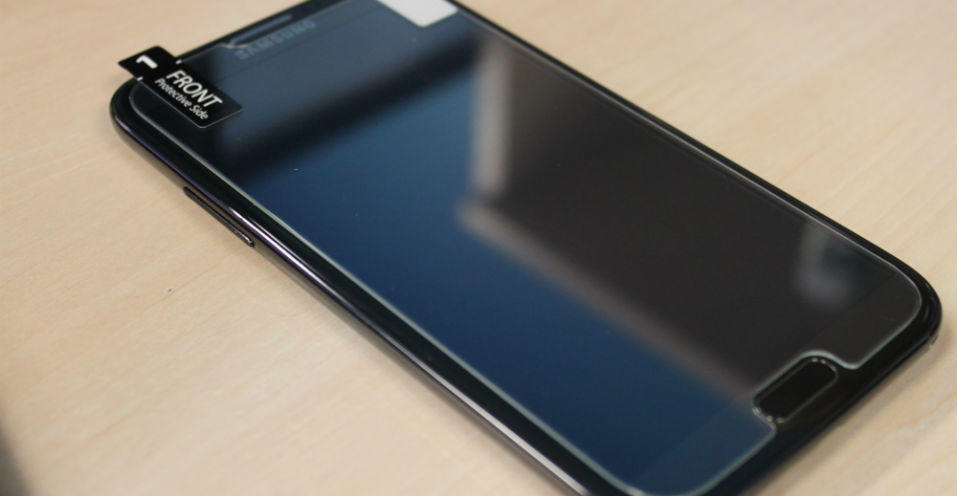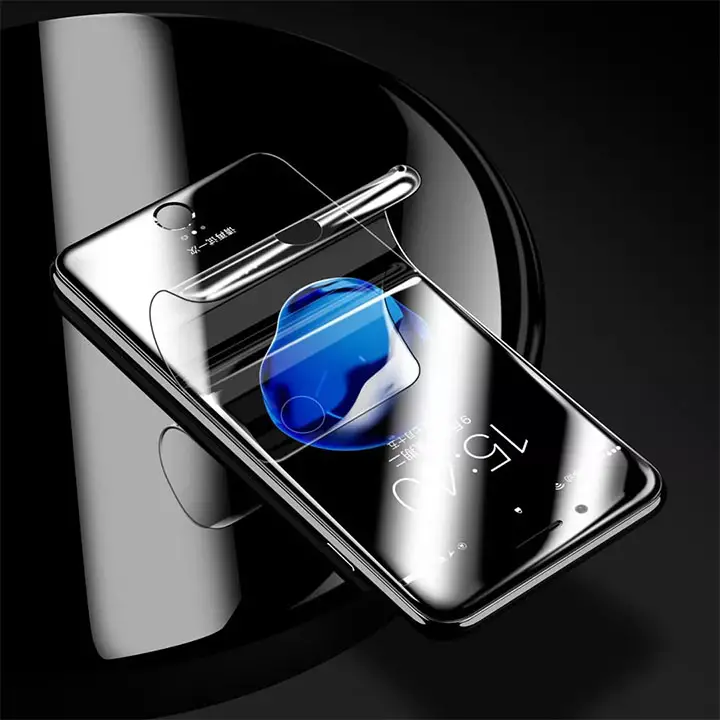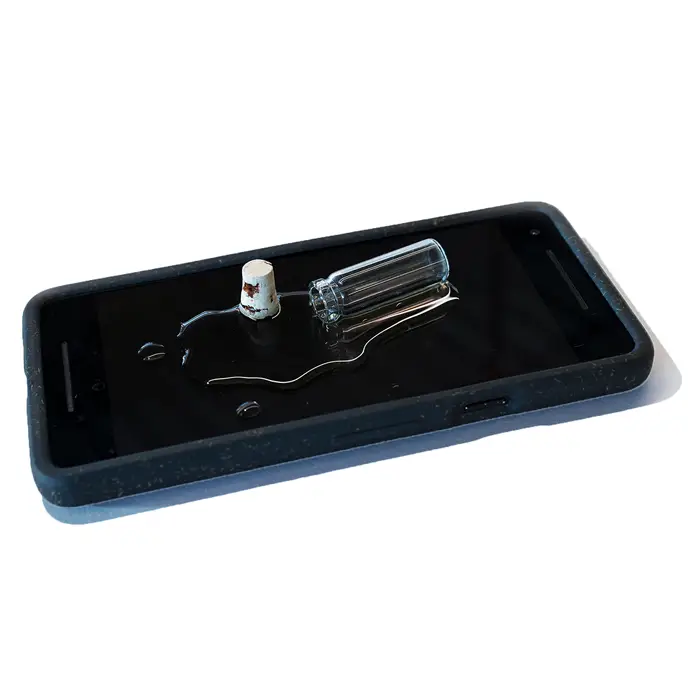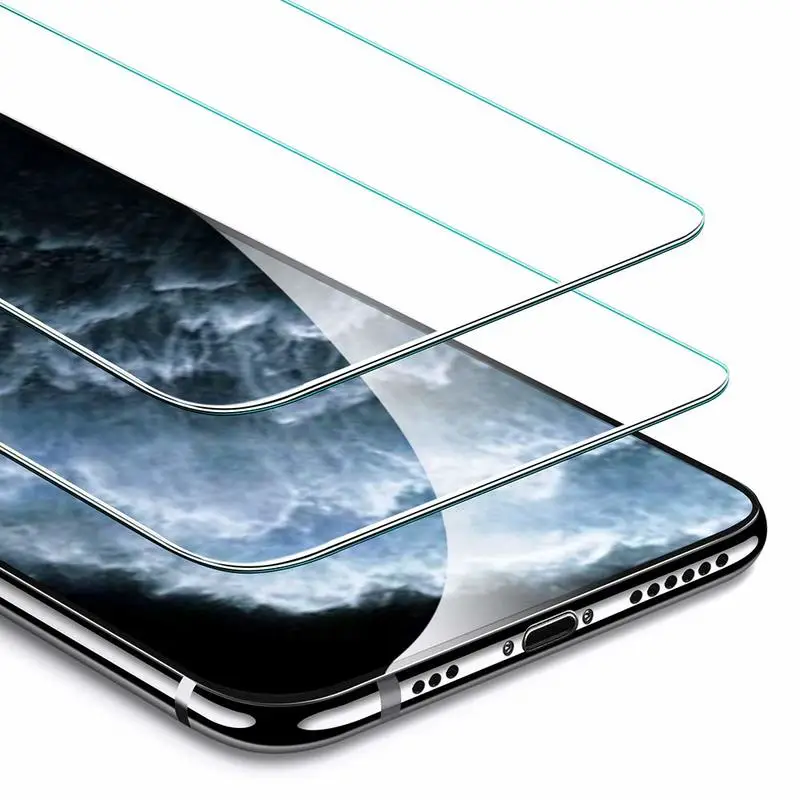Today we are going to review different screen protector types and decide which one is the best. The safety and protection of smartphones are very important. It doesn’t matter if it is a new device or not, everyone wants to protect their phone’s screen. However, not all screen protectors will serve the right purpose. This is why we’ve prepared this guide for you.
Buying a screen protector can be as important as choosing the smartphone itself, this can make the difference. The resistance of the screen protectors is very different from each other, depending on the device we have, we should choose the right screen protector for it.
Screen protector types
PET screen protectors

When we buy a new smartphone it is increasingly common that it comes with a plastic that covers the entire screen, in most cases, it is usually PET type. It won’t protect the screen against blows but at least the scratches won’t be able to not reach the screen in the first days of use.
However, for affordable mobile phones, it is a very cheap alternative.
Pros:
- Affordable price
Cons:
- Light protection against scratches
- No resistance against falls
- Changes color and gets dirty
TPU screen protectors

These types of screen protectors are the next generation of plastics as they are a modified material to withstand shocks, falls, and even probable scratches. They are also known as gel or hydrogel protectors with modifications in their components but with a similar result.
It is recommended in curved screen phones because it has flexibility and will cover the whole screen, but nevertheless, it can be difficult to place it without wrinkles or small bubbles.
Pros:
- High protection against falls and scratches
- Comfortable to use
Cons:
- Difficult to place on the screen
- Loses adherence over time
Liquid screen protectors

These protectors were presented as a revolutionary technology but did not fully meet expectations. They are based on a liquid that spreads over the screen to create a protective film on the screen, which then has a similar feel to TPU.
Several brands started in the industry of this type of liquid screen protectors, although due to poor results both in protection and removal, we don’t really recommend them. Their protection, however, was sufficient against scratches and small bumps but in falls they were not as resistant as promised.
Pros
- They’re a great way to protect your phone from scratches
- Suitable for any model
Cons
- Difficult to apply
- Does not last long
- Its resistance is not the best
Tempered glass screen protectors

Their resistance is great because they are composed of several layers that fulfill the functions we need. At the bottom, we find the silicon that is responsible for absorbing all the blows. It has anti-reflective protection, one of the drawbacks that may appear in other crystals or against the adhesion of water as the screens themselves.
We should be careful about bubbles when we are placing them on the screen. But for those who use phones with a curved screen might not opt for this type of screen protector because curved parts will be uncovered.
Pros
- High protection against falls and scratches
- They last for a long time
Cons
- High price
- It is difficult not to leave bubbles when placing them on the screen
Conclusion: What type of screen protector is the best?
Considering all the information we have, we can discard the liquid protectors as they are a technology that does not end up protecting our mobile phones. As an option for our new and temporary smartphone, the plastic protector can be an option. However, if our concern is safety, we should opt for tempered glass or TPU screen protectors.





